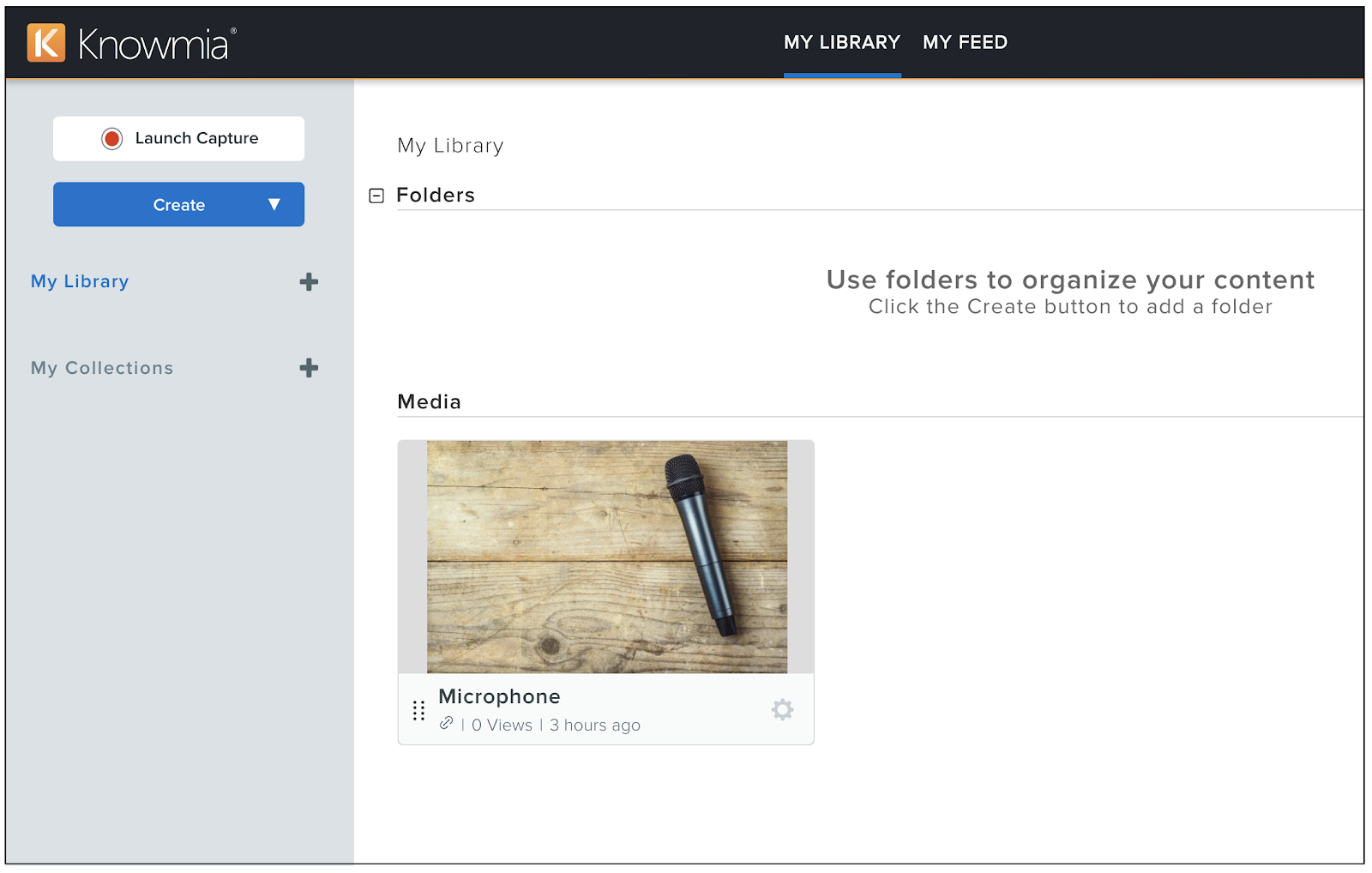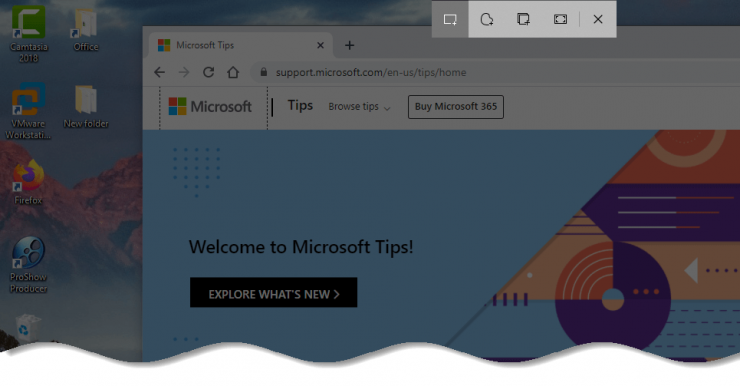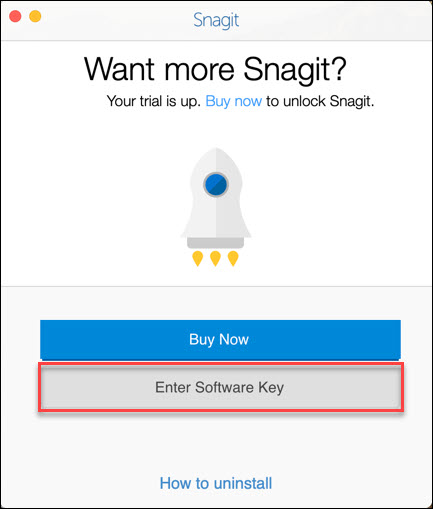

The folks at TechSmith came right back with the suggested preset. I actually fussed about the intermediary dialog when it first came on the scene in release 12 and didn’t like that there wasn’t a setting to ignore it in this post. By the way, this is a tribute to Techsmith’s excellent customer service. Presets to the rescue! I created a preset that bypasses the dialog and brings it right into the editor. So, for my use, that dialog is redundant. The vast majority of my captures keep whatever pixel size I originally selected and it’s a still image. For example, the default capture mode will present the captured screen in a box that allows you to quickly set the pixel dimensions and whether you’re capturing a still image or a video (see below). You can also create presets to manage the way you capture for your use.

If you word within web applications or just grabbing information from a web site, SnagIt can accurately capture the most obscure elements whether that is a drop-down box with values listed, a window within a window or an area on the screen that scrolls or where you select an area like a slide show. SnagIt’s ability to capture exactly what you want on screen is dead-on simple and accurate. The editor, however, is certainly not the only story indeed, it’s not the main event. It returns its value on its editor alone. This is key for an impatient, non-artistically inclined guy such as myself.

Yes, I’ll turn to other tools to create a collage, to apply rarely used filters and to fix an image’s white balance, but nothing is as easy, intuitive and functional as SnagIt for my purposes. Simply put, SnagIt is my business and personal workhorse for image editing. The editor has some of the best annotation tools as well as ability to obscure sensitive information with highly configurable blurring. I can crop, resize and paste in images with clear feedback on the pixel size throughout the editing process. I typically mashup images such as an author picture with book cover elements to create a banner (with their permission, of course). Not too many images have that as their native dimension. For example, the particular WordPress template I use has the banner set to 960 x 260. Many online platforms have defined recommended pixel height and width (they’ll accept others but the aspect ratio or quality will be degraded). There are times I’m just using my home computer and I always run into a challenge – there is no other tool in its price range (roughly $50) that I can find that allows me to edit an image for a particular pixel dimension without degradation of the image. One of the primary uses I’ve had over the last couple of year is to manage images for this blog. I typically use the original image but will crop/paste, annotate or resize for web use. Now, it’s not going to have filters, change of white balance or other pure photo editing features, however, I tend to use those aspects sparingly. While its screen capture ability is the gold standard, I use its editing tool at least as much I use it for photos as well as screen captures.


 0 kommentar(er)
0 kommentar(er)
